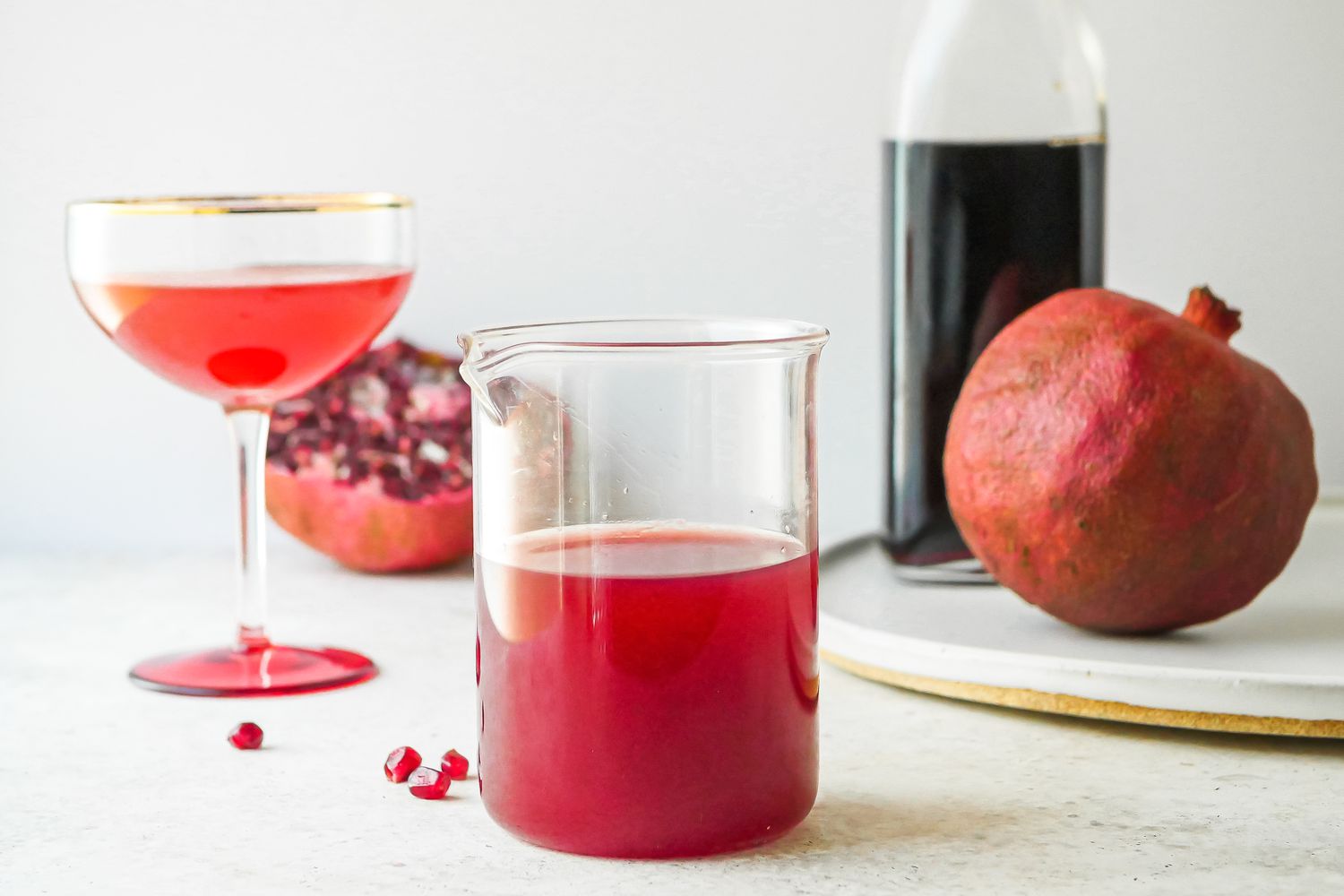

Articles
How To Store Grenadine
Modified: October 20, 2024
Learn the best methods for storing grenadine with our informative articles. Keep your grenadine fresh and delicious for all your favorite cocktails.
(Many of the links in this article redirect to a specific reviewed product. Your purchase of these products through affiliate links helps to generate commission for Storables.com, at no extra cost. Learn more)
Introduction
Grenadine is a popular syrup used in a variety of cocktails and non-alcoholic beverages. Known for its sweet and fruity flavor, grenadine adds a delightful touch to drinks like Shirley Temples, Tequila Sunrises, and Pina Coladas. However, to fully enjoy the flavor and extend the shelf life of grenadine, proper storage is essential.
Improper storage can lead to a decrease in quality, loss of flavor, and even spoilage of the syrup. Whether you’re a home bartender or a restaurant owner, understanding the factors that affect the storage of grenadine is crucial to ensure its longevity and maintain its vibrant taste. In this article, we will explore why proper storage is important and what factors to consider when storing grenadine.
Key Takeaways:
- Proper storage of grenadine is essential to maintain its flavor, quality, and longevity. Factors such as temperature, light, and air exposure play a crucial role in preserving this delightful syrup.
- By following best storage practices and being mindful of signs of spoilage, you can ensure your grenadine remains fresh, delicious, and safe to consume for an extended period.
Read more: How To Store Store-Bought Bread
Why Proper Storage of Grenadine is Important
Proper storage of grenadine is important to preserve its quality and ensure that it remains fresh and flavorful for as long as possible. Here are a few reasons why you should pay attention to how you store your grenadine:
Prolongs Shelf Life: Grenadine, like any other food or beverage product, has a limited shelf life. By storing it properly, you can extend its lifespan and avoid it from spoiling too quickly. This is especially important if you don’t use grenadine frequently and want it to last for a longer period of time.
Maintains Flavor: Grenadine gets its distinct taste from a blend of pomegranate juice, sugar, and other flavors. Proper storage, such as keeping it away from exposure to heat, light, and air, can help preserve its original flavor and prevent it from developing any off-notes or becoming rancid.
Ensures Consistency: If you’re using grenadine in cocktails or other recipes, it’s crucial to maintain consistency in flavor. By storing grenadine properly, you can ensure that each time you use it, you get the same delicious flavor, allowing you to create a uniform taste experience in your beverages.
Saves Money: Proper storage can prevent the need for frequent repurchasing of grenadine. By keeping it in optimal conditions, you can avoid unnecessary waste and ensure that you get the most out of your bottle, ultimately saving you money in the long run.
Promotes Hygiene and Safety: Storing grenadine properly is not just about preserving its taste; it’s also about ensuring its safety for consumption. Properly sealed and stored grenadine reduces the risk of contamination and maintains its hygiene, protecting you and your guests from potential health hazards.
Now that we understand the importance of proper grenadine storage, let’s delve into the factors you need to consider when storing this delightful syrup to maximize its lifespan and flavor.
Factors to Consider When Storing Grenadine
When it comes to storing grenadine, several factors can impact its quality and longevity. It’s important to consider the following elements to ensure optimal storage conditions:
Temperature:
The temperature at which grenadine is stored plays a significant role in its overall quality. It’s best to store grenadine in a cool environment, away from direct heat sources such as stoves, ovens, or sunlight. High temperatures can cause the syrup to break down more quickly, resulting in flavor alteration and decreased shelf life. Aim for a temperature between 35-50°F (2-10°C) for optimal storage conditions.
Light:
Exposure to light can degrade the quality of grenadine over time, leading to color fading and flavor changes. To prevent this, store grenadine in a dark place or use tinted bottles that can help block out light. This will help maintain the vibrant red color and preserve the integrity of the flavor.
Read more: How To Store Basil From Grocery Store
Air Exposure:
Air exposure can cause oxidation, leading to loss of flavor and potential spoilage. When storing grenadine, ensure the bottle is properly sealed to minimize air contact. Oxygen can cause the syrup to become rancid and develop off-flavors. After each use, tightly seal the bottle to prevent air from entering and compromising the quality of the grenadine.
Humidity:
Humidity can contribute to the degradation of grenadine, affecting its consistency and flavor. High humidity levels can cause the syrup to become sticky, affecting ease of use and potentially promoting bacterial growth. Store grenadine in a dry environment to prevent moisture absorption and avoid storing it near humid areas like dishwashers or refrigerators.
By considering these factors and implementing proper storage techniques, you can maintain the quality, taste, and freshness of your grenadine for an extended period, ensuring optimal enjoyment in your cocktails and other beverages.
Best Methods for Storing Grenadine
To ensure the longevity and flavor of your grenadine, it’s important to follow the best methods for storing it. By implementing these practices, you can extend the shelf life and maintain the quality of your grenadine for a delightful cocktail experience:
Store in a Cool, Dark Place:
One of the most crucial factors in preserving grenadine is to store it in a cool and dark place. Choose a storage location away from direct sunlight or heat sources, such as a pantry or a cool cabinet. This helps maintain a consistently low temperature, preventing the syrup from breaking down or spoiling quickly.
Read more: How To Store Jordans
Keep Away from Direct Sunlight:
Direct sunlight can cause the degradation of grenadine, leading to flavor changes and color fading. UV rays can affect the stability of the syrup and promote oxidation. Keep your grenadine in a shaded spot, or use bottles that are tinted or opaque to block out light and maintain its vibrant red color.
Seal the Bottle Tightly After Each Use:
After using grenadine, always ensure the bottle is tightly sealed. This helps prevent air from entering and coming into contact with the syrup, minimizing the risk of flavor alteration and spoilage. Airtight sealing also helps maintain the syrup’s consistency and prevents it from becoming sticky or contaminated by outside particles.
Avoid Exposure to Air and Moisture:
Avoid exposing grenadine to air and moisture as much as possible. Oxygen can lead to oxidation and spoilage, while moisture can cause the syrup to become sticky or promote the growth of harmful bacteria. Keep the bottle tightly sealed and store it in a dry environment, away from areas with high humidity like dishwashers or refrigerators.
Following these best methods for storing grenadine will help maintain its freshness, flavor, and quality for an extended period. By taking the extra steps to store grenadine properly, you can ensure that every drink you make with it is consistently delicious and enjoyable.
Mistakes to Avoid When Storing Grenadine
To maintain the freshness and quality of your grenadine, it’s important to avoid common mistakes that can negatively impact its storage conditions. By steering clear of these errors, you can ensure that your grenadine remains in optimal condition for longer periods. Here are the mistakes to avoid when storing grenadine:
Read more: How To Store A Ladder
Storing near heat sources:
One of the biggest mistakes you can make is storing grenadine near heat sources such as stoves, ovens, or even countertop appliances like coffee makers. High temperatures can accelerate the breakdown of the syrup, causing flavor changes, color fading, and possibly even spoilage. Make sure to store grenadine in a cool spot away from any heat sources to preserve its integrity.
Leaving the bottle uncovered or poorly sealed:
Leaving the bottle of grenadine uncovered or poorly sealed is a recipe for disaster. Exposure to air can lead to oxidation and flavor deterioration, while a poor seal can allow air, dust, and other contaminants to enter the bottle. Always ensure that the bottle is tightly sealed after each use to prevent air contact and maintain the freshness of the syrup.
Storing in a humid environment:
Grenadine is best stored in a dry environment, as high humidity can create a breeding ground for bacteria and affect the consistency of the syrup. Avoid storing grenadine near dishwashers, refrigerators, or any other areas prone to moisture buildup. Maintaining a dry storage environment will help prevent the syrup from becoming sticky and potentially developing off-flavors.
By avoiding these mistakes, you can safeguard the quality and flavor of your grenadine, ensuring that it remains fresh and enjoyable for an extended period. Take care to store grenadine properly and be mindful of its surroundings to maximize its shelf life and enhance your cocktail creations.
How Long Can Grenadine be Stored?
The shelf life of grenadine can vary depending on various factors, including the quality of the syrup, storage conditions, and whether it has been opened or not. Generally, commercially produced grenadine that is unopened can last for several years when stored properly. However, once opened, grenadine should be consumed within a reasonable timeframe for optimal flavor and quality.
An unopened bottle of grenadine can typically last for up to 1 to 2 years if stored in ideal conditions. It’s important to check the label for any expiration dates provided by the manufacturer, as this can give you a better idea of the specific shelf life of the product. However, it’s worth noting that the expiration date is more of a guideline, and as long as the grenadine’s appearance, taste, and smell are still good, it can still be safe for consumption even past the indicated date.
Once opened, grenadine should be consumed within 6 to 12 months to maintain its best flavor. However, this can also depend on how well it has been stored. Proper storage is crucial even after opening the bottle to prevent flavor deterioration, color fading, and spoilage. Ensure that the grenadine is tightly sealed after each use and stored in a cool, dark place away from heat, light, and moisture.
It’s essential to note that over time, grenadine may experience some changes in flavor and color, especially if it has been stored improperly or for an extended period. If you notice any significant changes in taste, appearance, or smell, it’s best to use your judgment and discard the grenadine.
Remember, these guidelines are meant to provide a general timeframe for optimal consumption, but it’s always important to use your senses to assess the quality and safety of the grenadine. When in doubt, it’s better to err on the side of caution and replace the bottle with a fresh supply.
By following proper storage practices and being mindful of the expiration dates and changes in quality, you can ensure that your grenadine remains delicious and enjoyable for as long as possible.
Read more: How To Store Stencils
Signs of Spoiled Grenadine and When to Discard
While grenadine has a relatively long shelf life, it is still susceptible to spoilage if not stored properly. It’s important to be aware of the signs of spoiled grenadine to ensure that you and your guests are consuming a safe and enjoyable beverage. Here are some signs to look out for and when to discard grenadine:
Off Smell:
If your grenadine has developed an off smell that is sour, musty, or rancid, it is a strong indicator that the syrup has gone bad. Grenadine should have a pleasant, sweet aroma. Any unusual or unpleasant odors are a sign that the syrup has spoiled and should be discarded.
Unusual Color or Texture:
Pay attention to the color and texture of your grenadine. If the color has significantly faded, and the syrup appears cloudy or has developed sediment or lumps, it is a sign that the product has deteriorated. Grenadine should have a vibrant red color and a smooth, syrupy texture. Any changes in color or texture indicate spoilage, and the syrup should not be consumed.
Change in Taste:
Grenadine should have a distinct sweet and fruity flavor. If you notice any significant changes in taste, such as a bitter or sour aftertaste, it is a clear indication that the grenadine has gone bad. Trust your taste buds, and if the flavor is off or unpleasant, it’s best to discard the syrup.
Read more: How To Store Bleach
Mold or Growth:
One of the most definitive signs of spoilage is the presence of mold or other growth in the grenadine. If you see any signs of mold or unusual substances floating in the syrup, do not consume it. Discard the bottle immediately to avoid any potential health risks.
It’s important to note that the shelf life of grenadine can be affected by various factors, including storage conditions and the quality of the syrup. While adhering to proper storage practices can extend its lifespan, it’s always crucial to rely on your senses to determine the freshness and safety of grenadine. When in doubt, it’s better to err on the side of caution and discard the syrup.
Regularly inspect your grenadine for any signs of spoilage, and if you notice any of the described signs, it’s time to replace the bottle with a fresh supply. By being diligent and attentive to the quality of your grenadine, you can ensure that your cocktails and beverages are consistently delicious and safe to consume.
Conclusion
Proper storage of grenadine is crucial to maintain its flavor, quality, and longevity. By considering factors such as temperature, light, air exposure, and humidity, you can ensure that your grenadine remains fresh and delicious for as long as possible.
Storing grenadine in a cool, dark place away from direct sunlight is key to preserving its vibrant red color and preventing flavor degradation. Sealing the bottle tightly after each use and minimizing air exposure helps maintain the syrup’s freshness and prevents oxidation. Avoiding humid environments and keeping the syrup away from moisture are also important to prevent spoilage and bacterial growth.
By following the best methods for storing grenadine and avoiding common mistakes such as storing near heat sources, leaving the bottle uncovered, or storing in a humid environment, you can ensure that your grenadine lasts longer and maintains its optimal flavor profile.
It’s important to be aware of the signs of spoiled grenadine, such as off odors, unusual color or texture, changes in taste, or the presence of mold or growth. If you notice any of these signs, it’s best to discard the grenadine to prevent any potential health risks.
Remember to check the expiration date provided by the manufacturer and consume the grenadine within the recommended timeframe. However, always rely on your senses and judgment to assess the quality and safety of the syrup, as expiration dates are guidelines and not definitive indicators of spoilage.
By implementing proper storage practices and being mindful of the condition of your grenadine, you can enjoy the full flavor and quality of this delightful syrup in your cocktails and beverages. Cheers to perfectly preserved grenadine and the delicious drinks it enhances!
Frequently Asked Questions about How To Store Grenadine
Was this page helpful?
At Storables.com, we guarantee accurate and reliable information. Our content, validated by Expert Board Contributors, is crafted following stringent Editorial Policies. We're committed to providing you with well-researched, expert-backed insights for all your informational needs.
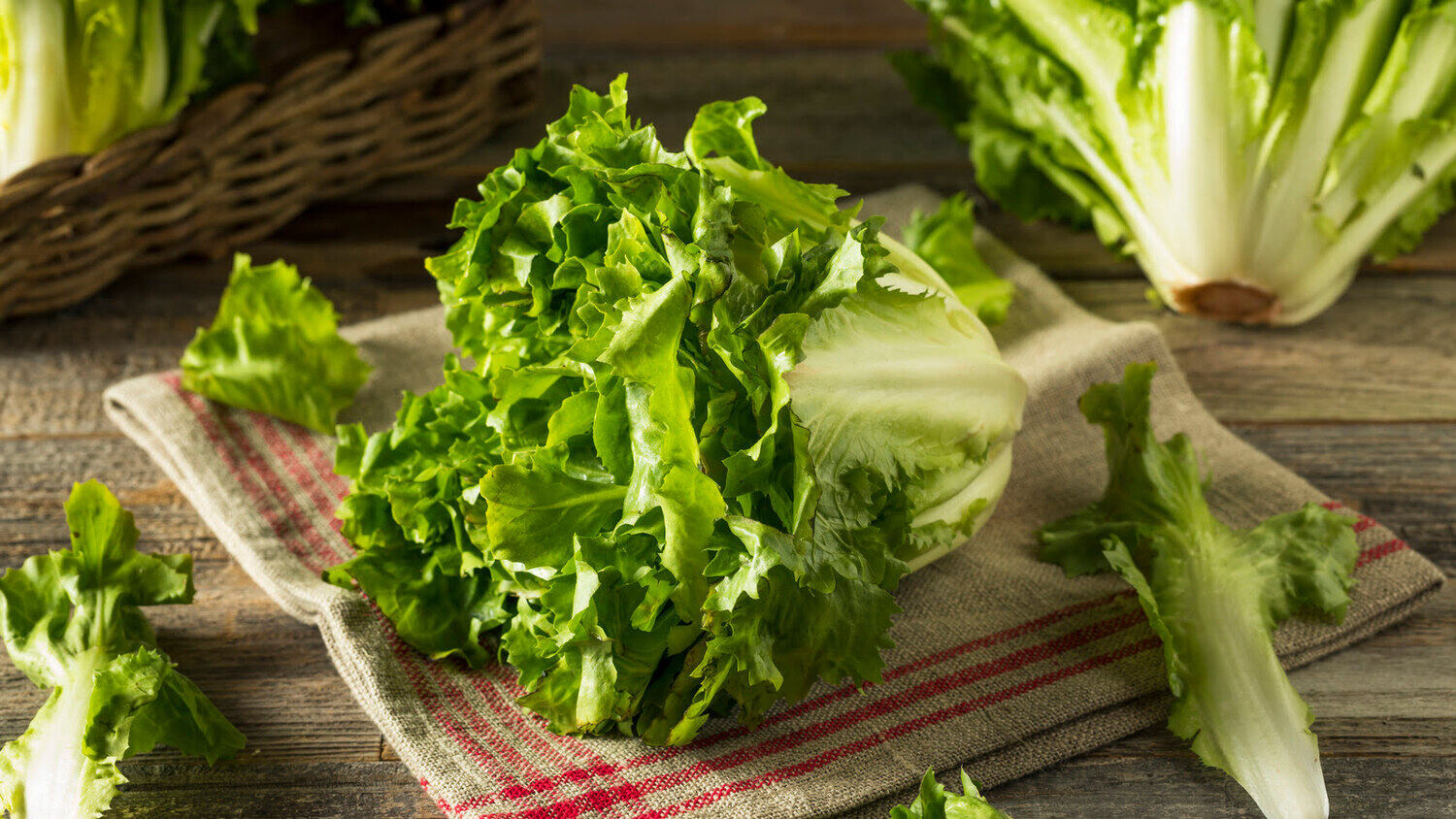
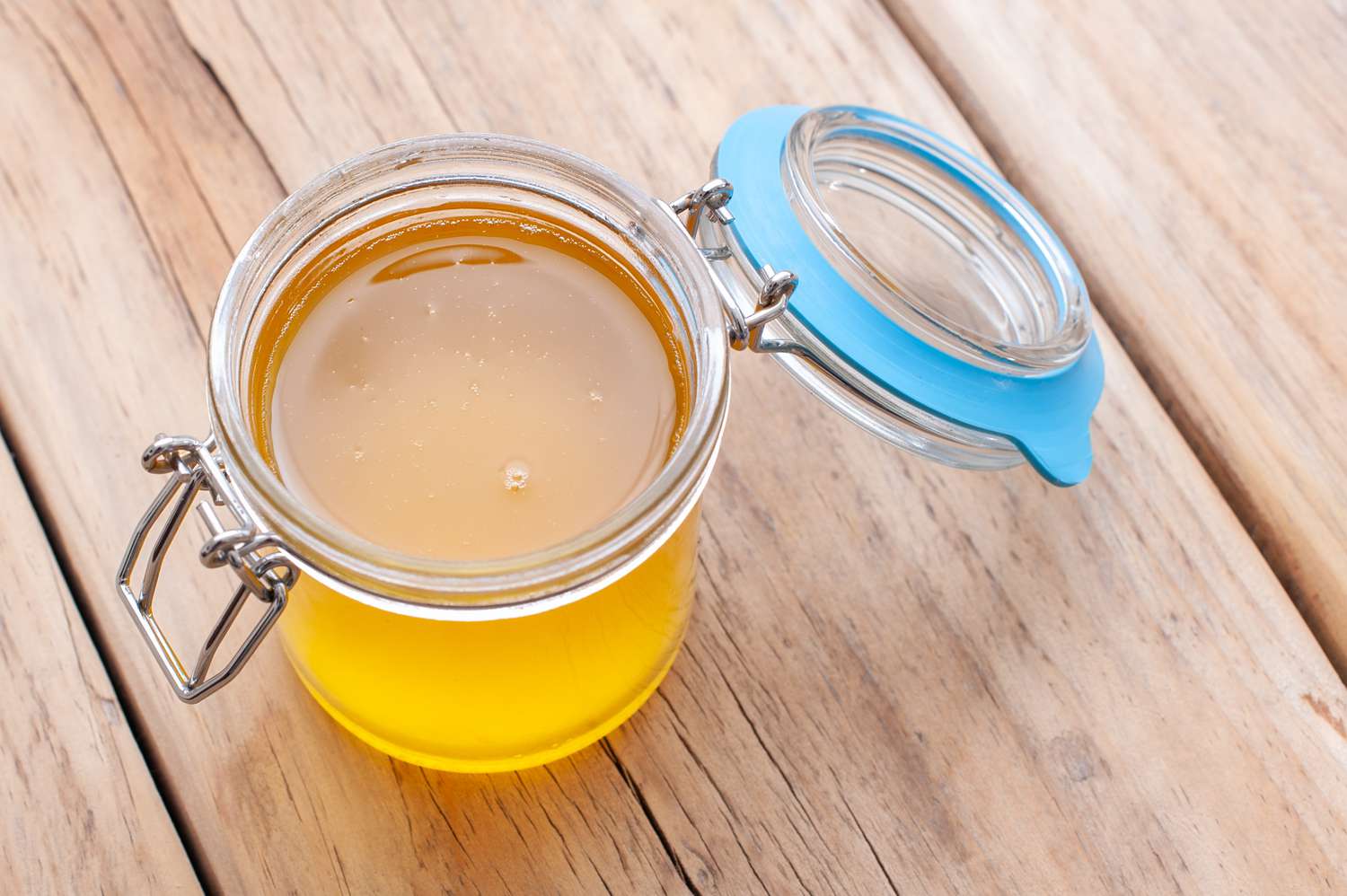
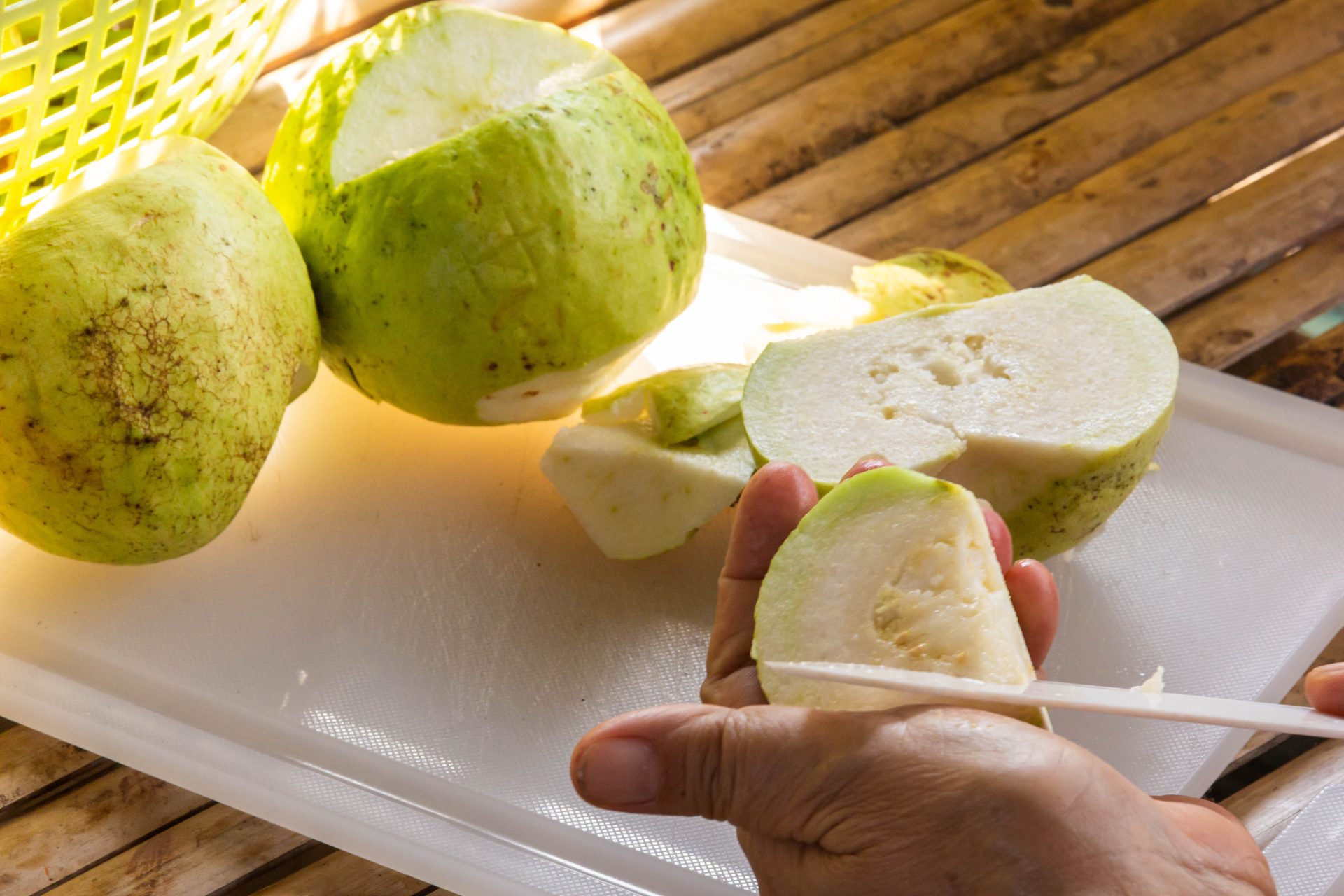
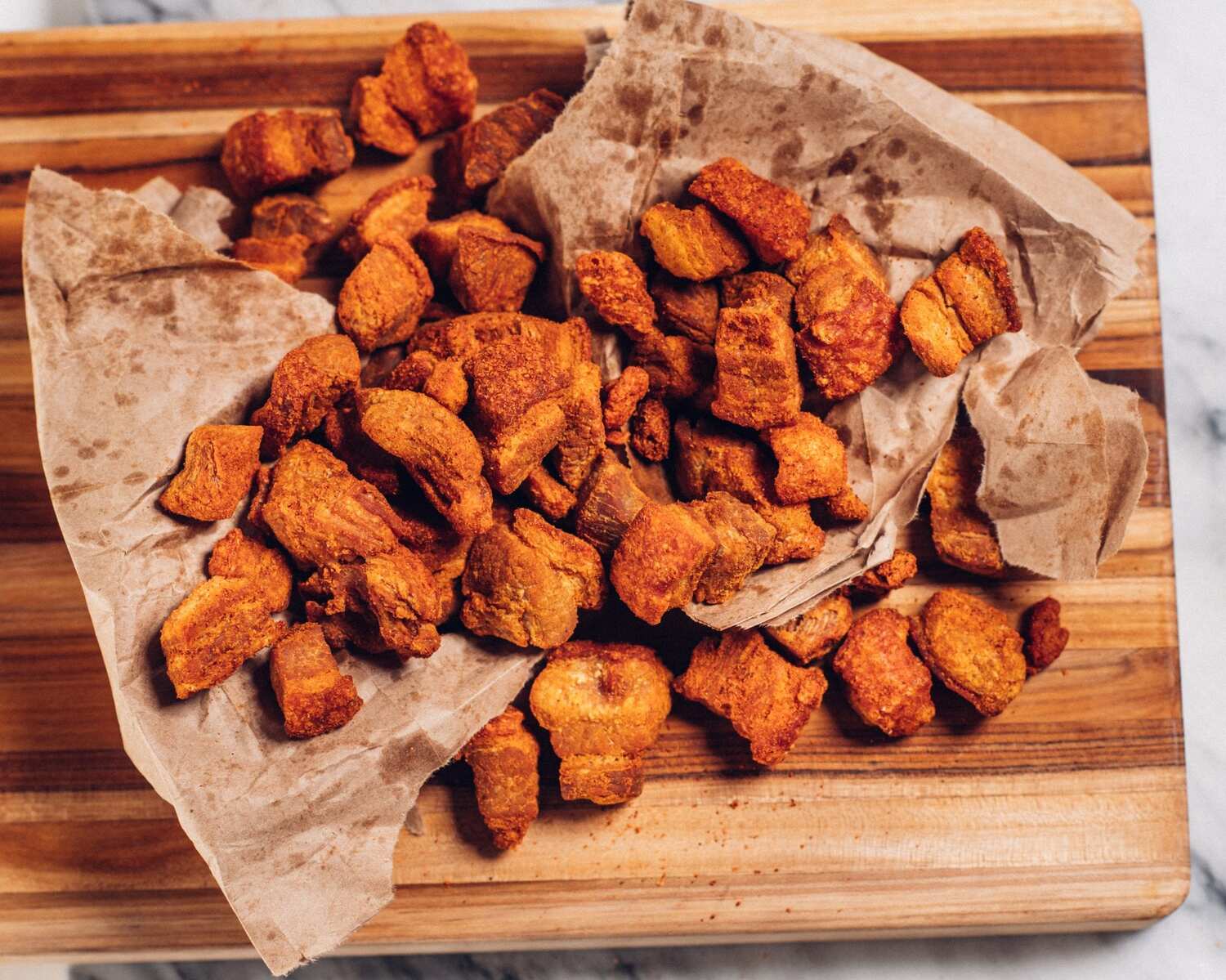
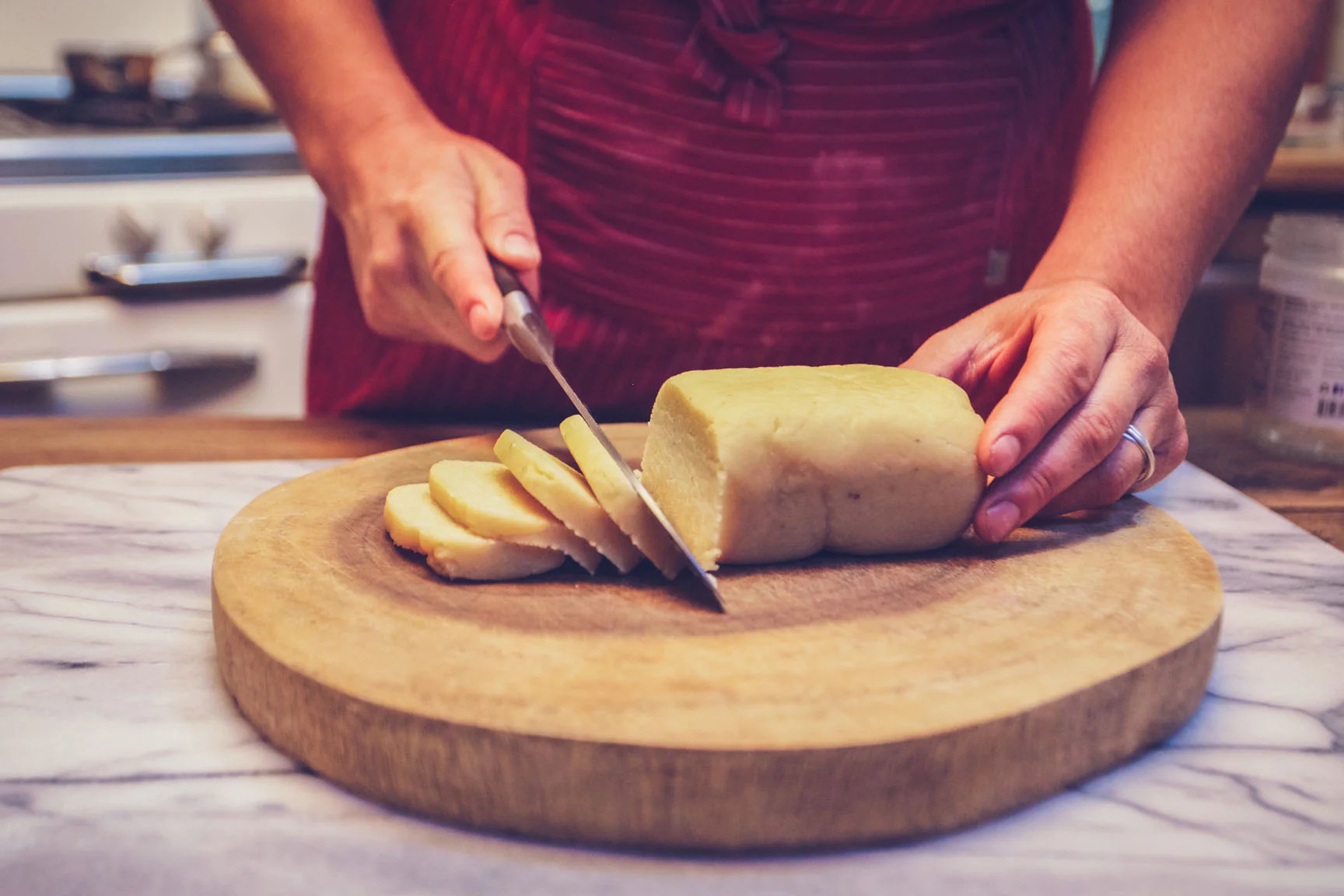
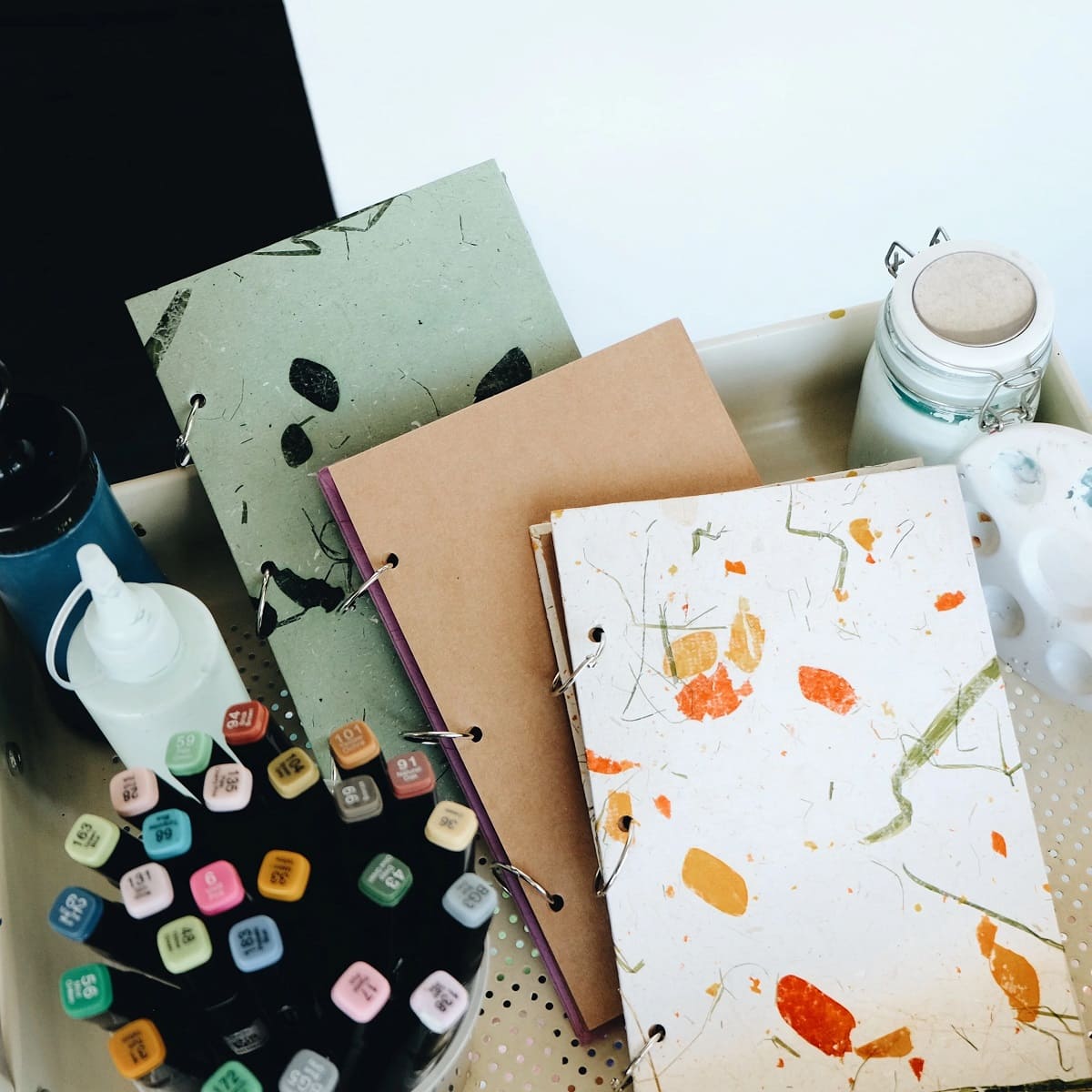
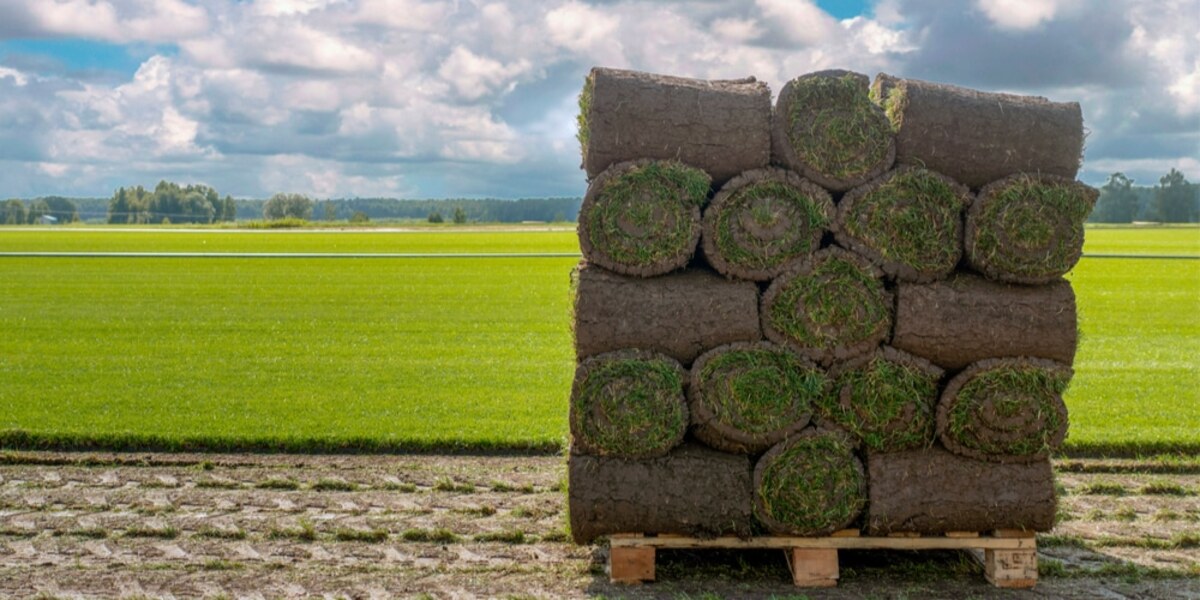

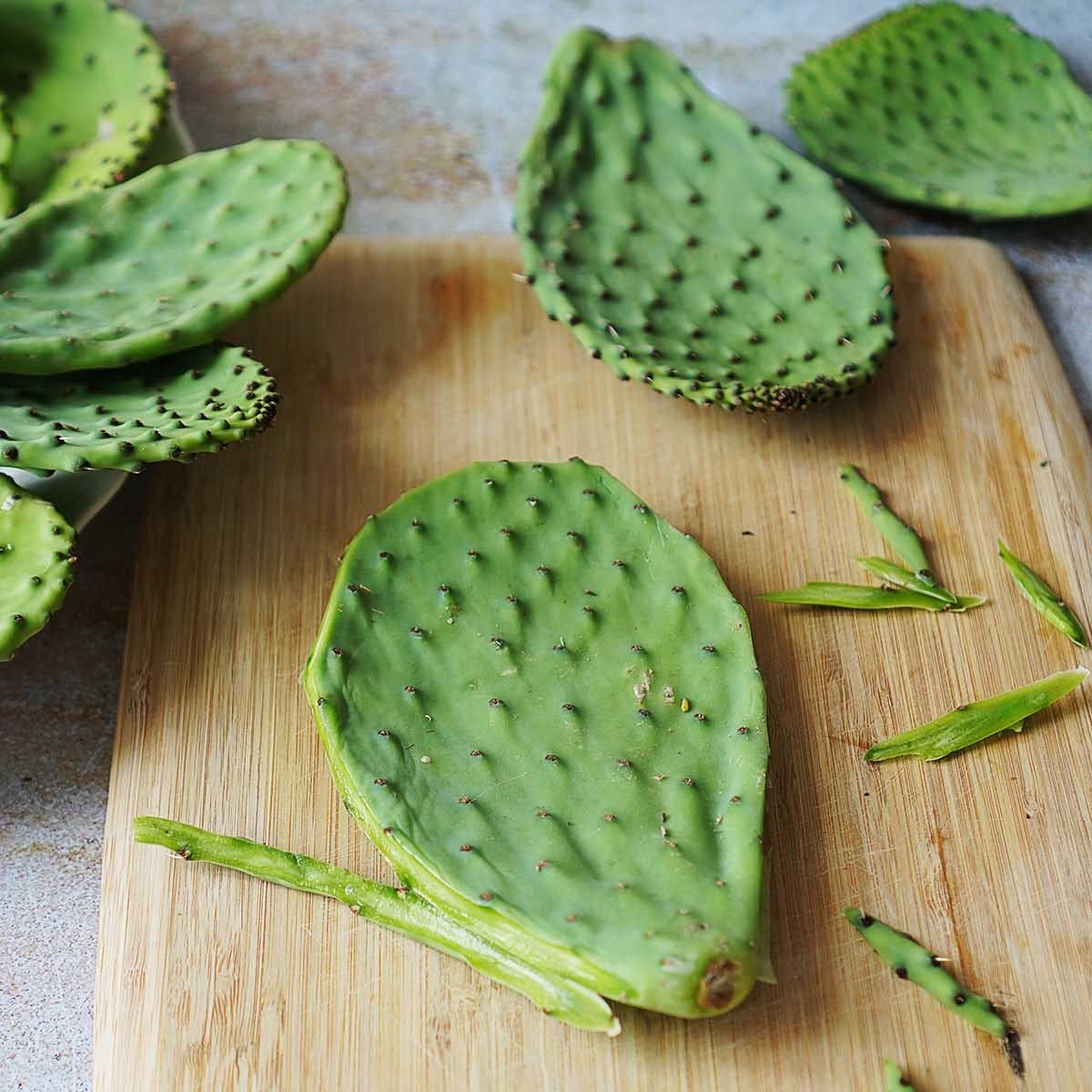
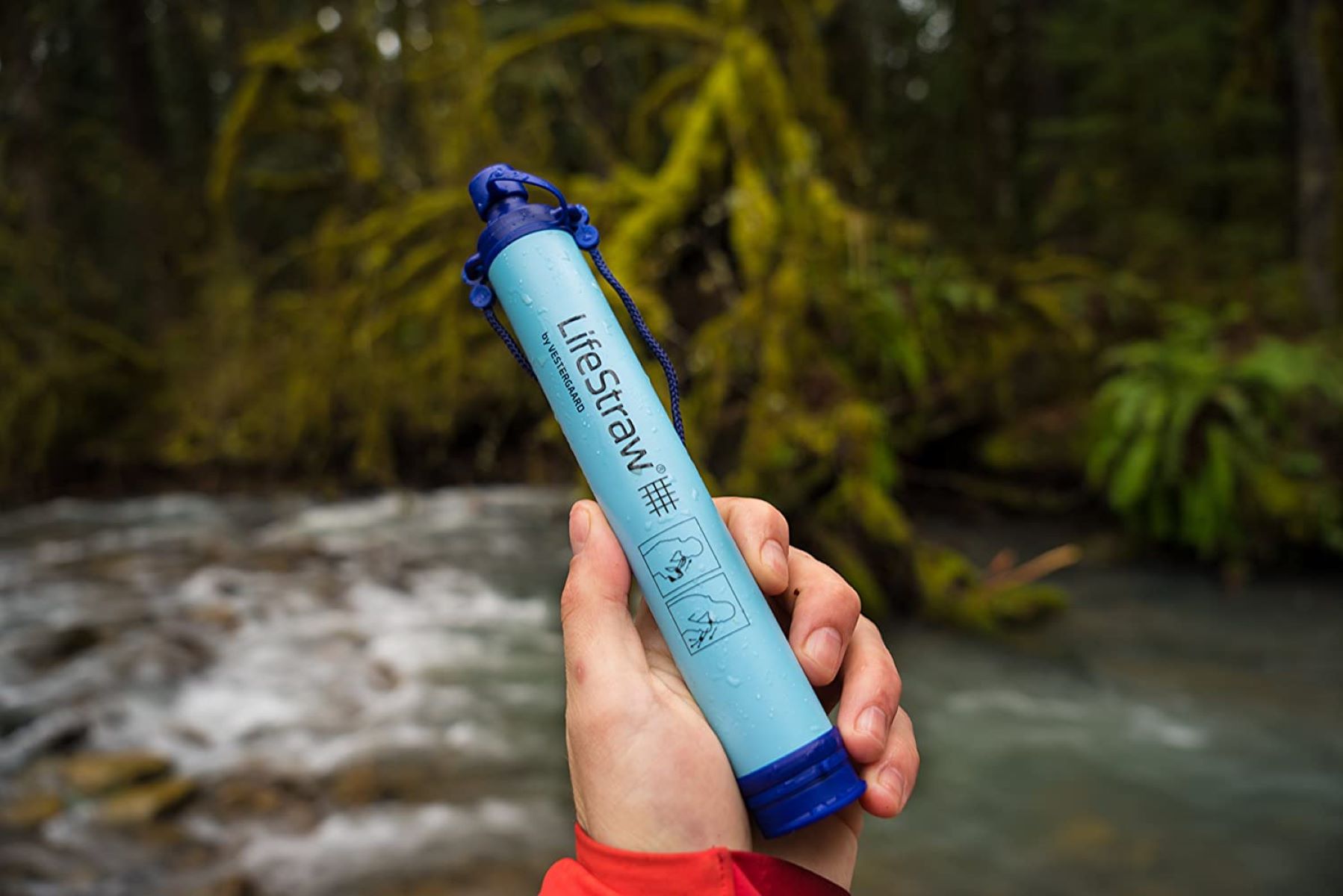

0 thoughts on “How To Store Grenadine”